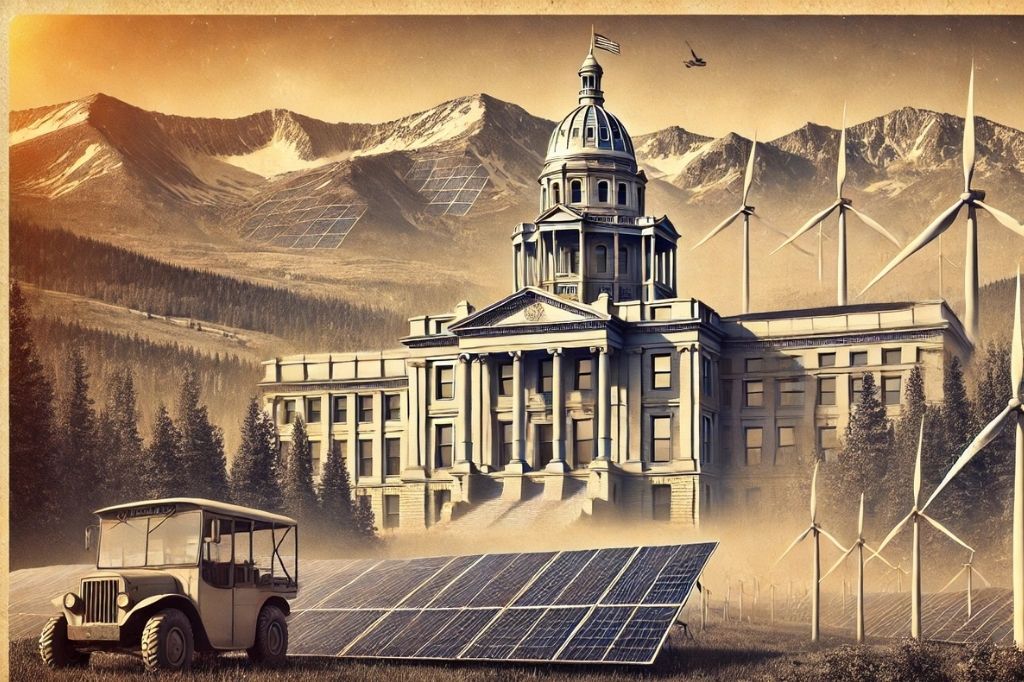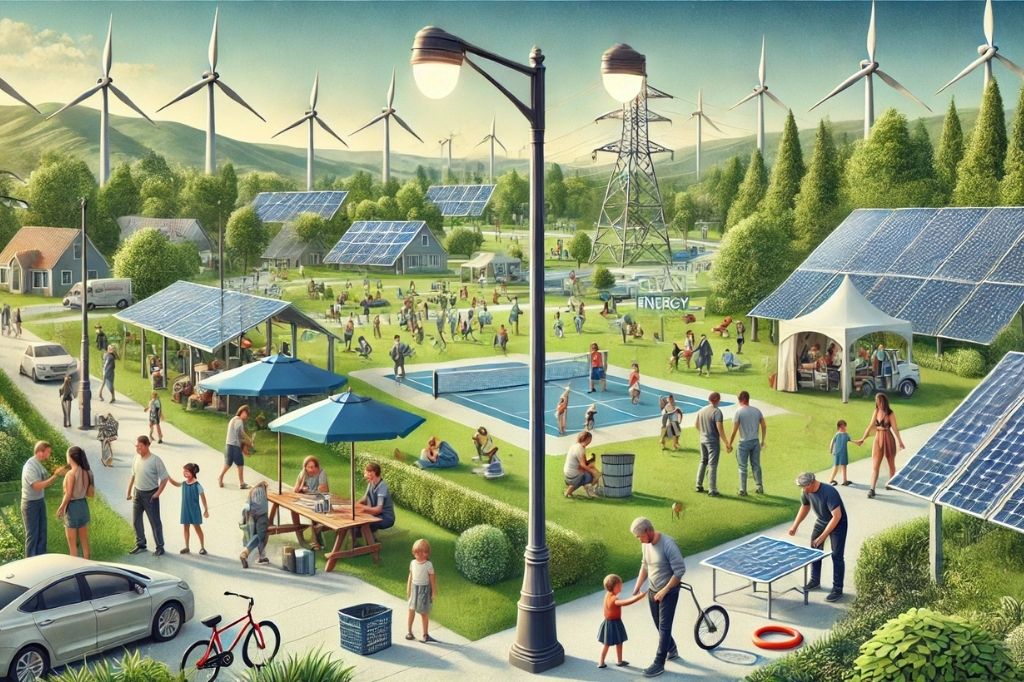Clean energy has become one of the most important parts of our future. Especially in environmentally friendly buildings and renewable energy sources, great progress is being made. This is where the subject of clean energy building Colorado laws comes to the fore. These laws not only protect the environment, but also lead to great changes in social and economic terms. In this article, we will explore why clean energy building laws in Colorado are so important, how they are implemented, and what awaits us in the future.
History of Clean Energy Laws in Colorado
Colorado is known as one of the pioneer states in clean energy and sustainable construction. This situation has been shaped by the laws that were put into practice years ago. First, laws were passed in 2004 to support renewable energy sources. These laws aimed not only at environmental goals but also to increase energy independence.

In particular, the ”Colorado Clean Energy Development Authority Act”, enacted in 2007, provided financial incentives to increase clean energy investments. Thanks to this law, investments in solar panels, wind turbines, and energy efficiency projects have gained momentum. This has made Colorado a leader in renewable energy in the United States.
In addition to these laws, incentives were also provided to individual building owners. For example, homeowners were able to benefit from tax benefits by installing solar panels. This not only increased the use of clean energy, but also created great awareness among the public.
Clean Energy Building Codes in Colorado Today
Today, Colorado has extensive laws regarding clean energy. For example, the ”Colorado Energy Office” is actively working to set and enforce sustainable building standards. These standards require new buildings to be energy efficient. Energy efficiency projects are also encouraged for existing buildings.
Another important law is the Renewable Energy Standard (RES). This law requires energy companies to use up to a certain percentage of renewable energy. For example, large energy companies must obtain 30% of their energy from renewable sources. This has increased the use of energy sources such as wind, solar and biomass.
There are also various regulations for community-scale projects. For example, a neighborhood or town can build its own solar farm and the community members can benefit from this project. Such projects reduce energy costs and make communities more sustainable.
Economic and Social Benefits of Clean Energy Laws
The economic and social benefits of Colorado’s clean energy laws are significant:

New Jobs
-Thousands of new jobs have been created in renewable energy sectors such as solar and wind energy.
-Demand for a wide range of jobs, from engineers to technicians, has increased.
Community Solidarity
-Solar projects implemented at the neighborhood level not only reduce energy costs, but also increase solidarity among community members.
-Such projects help communities become more sustainable and independent.
Contribution to Public Health
-Reduced carbon emissions reduce air pollution, which helps prevent respiratory diseases.
-Cleaner air means healthier individuals and less of a burden on the healthcare system.
Colorado’s policies are not only making a big difference environmentally, but also in economic and social terms.
The Future of Clean Energy Laws in Colorado
Colorado’s clean energy laws are likely to continue to evolve in the future. More effective policies are expected to be implemented, especially in the fight against climate change. The state government aims to create a “carbon neutral energy system by 2050.” This goal will provide not only environmental but also economic and social benefits.
In addition, with the development of technology, clean energy infrastructures will become more accessible. In particular, smart energy systems and energy storage technologies will increase the effectiveness of renewable energy projects. This will not only increase energy efficiency, but also further reduce energy costs.
In the future, it is aimed to increase the participation of communities in clean energy projects. This will not only reduce the energy costs of individuals, but also allow communities to take more responsibility for a sustainable future. With such innovative policies, Colorado seems to continue to be one of the greenest states in the USA.